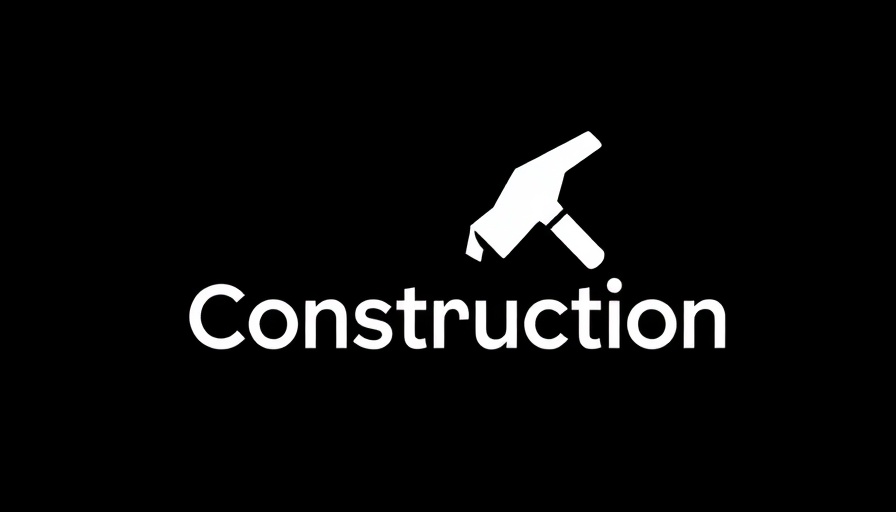
Understanding High-Performance Wall Assembly: The Future of Green Building
Building energy-efficient homes is no longer a luxury but a necessity, especially as eco-consciousness rises among homeowners. The Karuna House exemplifies forward-thinking architecture through its use of high-performance wall assemblies designed to maximize energy efficiency while ensuring durability.
What Makes a Wall Assembly High-Performance?
The cornerstone of an effective wall assembly lies in how it manages heat, air, and moisture. This trifecta addresses the essential aspects of energy flow and structural integrity. Starting from the interior, the Karuna House utilizes lime plaster over drywall, which is all-natural and VOC-free, ensuring a healthy indoor environment. The stud wall is crafted from responsibly sourced, Forest Stewardship Council-certified wood, filled with high-density cellulose insulation.
Benefits of Cellulose Insulation
Cellulose insulation, comprised largely of recycled newspaper, provides excellent thermal performance (R-21) while buffering moisture. Its environmental credentials contribute significantly to the overall sustainability of the building. At Karuna, over 12 tons of cellulose insulation were used, emphasizing its substantial role in maintaining consistent indoor temperatures and reducing energy costs.
The Role of the Air Barrier in Wall Assembly
One of the most critical components, the air barrier, is essential for maintaining the overall performance of the wall assembly. At Karuna, a half-inch layer of plywood sheathing applied with a vapor-permeable liquid membrane acts as this air barrier. This setup is comparable to how a Gore-Tex jacket works, providing insulation while ensuring moisture breathability, thereby safeguarding the structure from mold and decay. By preventing unwanted air infiltration, the air barrier enhances the efficiency of the cellulose insulation.
Boosting Energy Efficiency with Foam Layers
Moving outward, the assembly features a 6-inch-thick layer of foil-faced polyiso foam, with an impressive R-value of 36. This exterior insulation not only contributes to the overall R-value of nearly 60 but also plays a substantial role in protecting the air barrier by keeping it warm and dry. Such a robust insulation system minimizes heat loss, saving homeowners significantly on heating and cooling costs.
The Importance of the Rain Screen System
The finishing touch to this impressive wall assembly is a rain screen system made from FSC-certified cedar siding. This design element serves multiple purposes: it enhances the aesthetic appeal and provides a ventilation cavity that facilitates airflow and moisture management. This airflow is crucial for preventing moisture build-up, ensuring long-lasting wall integrity.
Conclusion: Building the Future of Home Efficiency
As homeowners, understanding these high-performance building techniques empowers you to make informed decisions about your living spaces. When considering projects such as roofing in Cape Coral, kitchen remodeling in Cape Coral, or even basic home inspection services in Cape Coral, keep in mind how essential energy-efficient structures are for both comfort and sustainability. Exploring high-performance features in your own home can lead to long-term savings and a more sustainable future.
If you’re interested in enhancing your home with cutting-edge technologies and green building principles, consider contacting professionals in roof repair in Cape Coral or landscaping services in Cape Coral to discuss opportunities that synchronize with your vision for efficiency and style.
 Add Row
Add Row  Add
Add 




Write A Comment